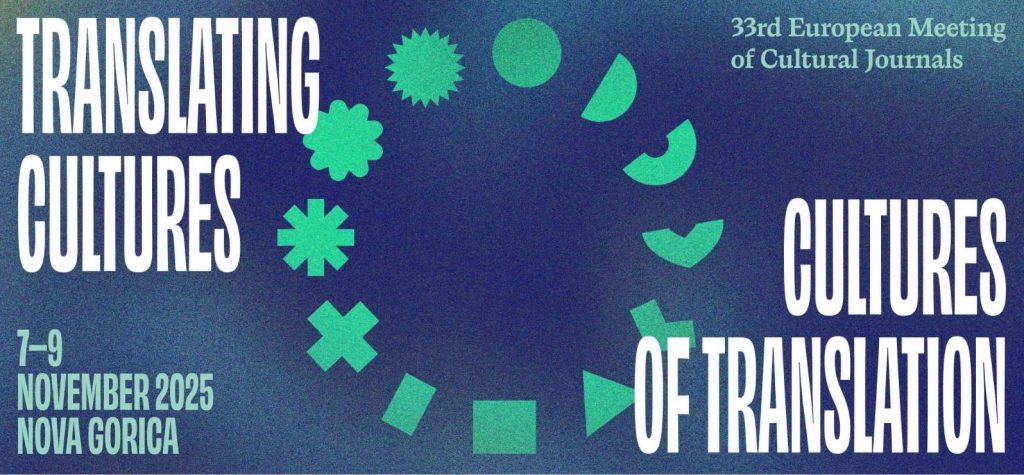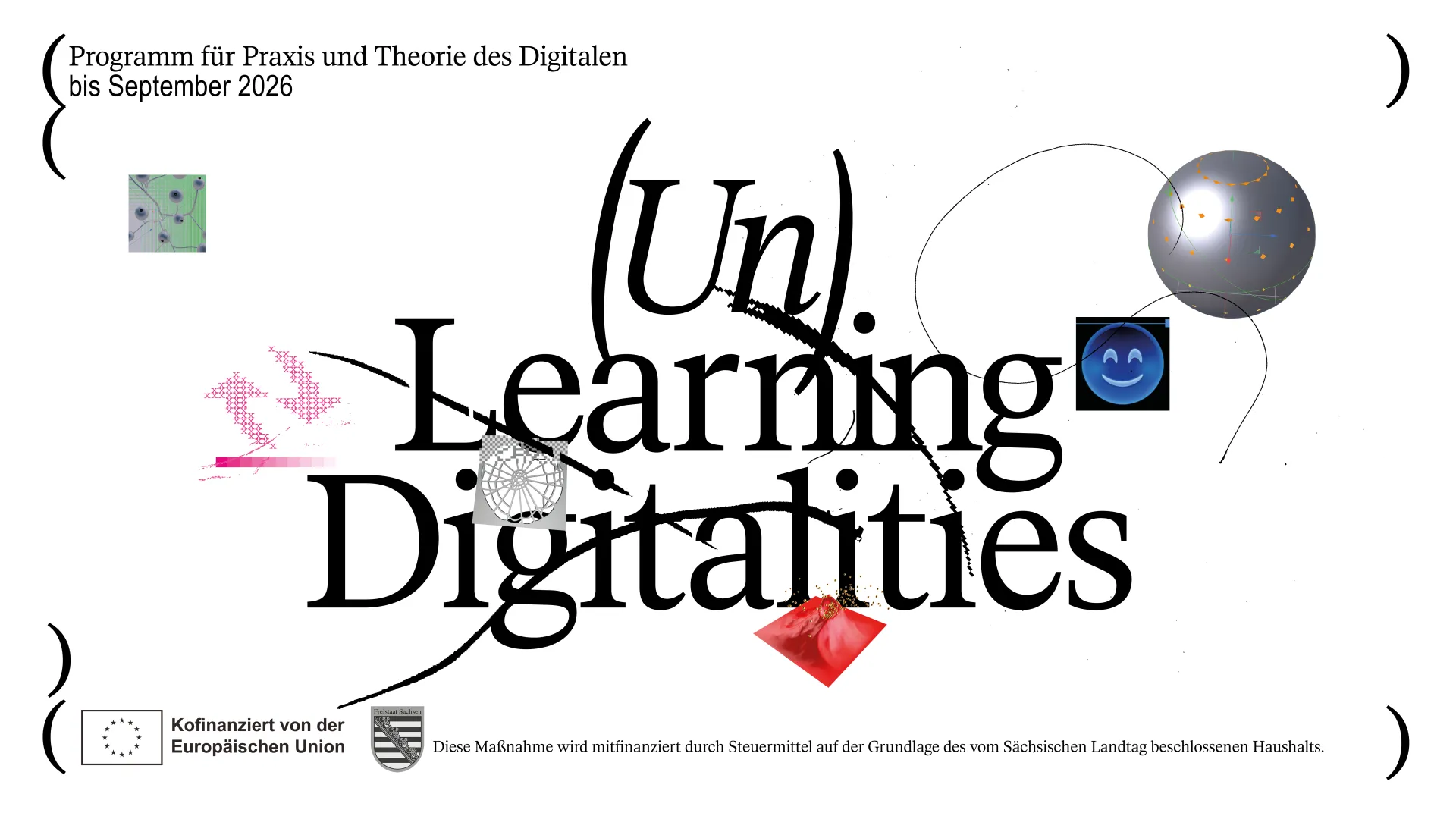We are excited to introduce Michelle Kasprzak as the new Course Leader of the Master of Arts in Design at the Piet Zwart Institute. As a highly experienced curator, researcher, and artist, Michelle brings a rich, interdisciplinary background to the role, blending artistic practice with leadership and academic research.
 Michelle Kasprzak by Lana Mesic
Michelle Kasprzak by Lana Mesic
Michelle’s career has been marked by a dynamic blend of roles in the creative field. Originally from Canada, she began her journey studying New Media at Toronto Metropolitan University. She went on to complete her Master’s in Visual and Media Arts at the Université du Québec à Montréal, and PhD in Digital Media at the University of Porto, Portugal. After a significant chapter in the UK as Programme Director at New Media Scotland, she relocated to the Netherlands, where she continued her curatorial work in Rotterdam, collaborating with artists and designers through V2_ Institute for the Unstable Media, a leading institution for art and media technology.
“Throughout my career, my focus has been on how we communicate as creative individuals—through language, visuals, and personal expression,” she says. “Each designer creates their own visual language, and exploring these unique modes of communication is central to my work.”
Michelle officially joined WdKA just before the summer, stepping into her new position during the midst of the academy’s exam period. Despite the intensity of that moment, she immediately immersed herself in the flow of the program, getting to know the students, faculty, and curriculum.
Her approach to leadership and creative work is deeply rooted in collaboration. She values the process of building ideas over time with others, believing that the best creative outcomes often emerge from long-term partnerships. “I’m very collaborative in my work and fascinated by how we often credit one person for a great idea, when there is usually a team behind the scenes. I believe in the importance of nurturing those partnerships, allowing ideas to evolve and flourish over time,” she explains.
Michelle takes a pragmatic view of design’s potential to solve global issues, noting that the field is at a pivotal moment. “There was a period when designers thought they could address huge challenges—like the refugee crisis or climate change—on their own through some kind of grand solution. The reality is, design can make a modest but important contribution,” she explains. “In the MA Design program, we focus on solid research, narrowing down issues, working locally, and creating realistic, targeted solutions.” This approach aligns with her belief that design can bring about sustainable change through smaller, thoughtful interventions. By teaching students to focus on the tangible impact of their work, the Master aims to ground them in the realities of the profession, while still encouraging them to dream big.
Michelle is eager to elevate the international profile of the MA Design program at WdKA, with plans to build an international advisory group and expand the program’s reach. She emphasizes the importance of celebrating the program’s successes, both to attract top talent and to inspire the wider design community.
As she steps into this leadership role, Michelle remains committed to fostering a curriculum that is both responsive to the times and rooted in joy and playfulness. “Design should not only be about solving serious problems,” she says. “It should also be fun, beautiful, and full of imagination. That’s why we became designers in the first place—to bring joy and create spaces for human connection and play.”
With the new school year that has just started, Michelle is looking forward to working with her team and the incoming students, launching new initiatives, and continuing to explore the role of design in making small but meaningful changes in the world.

